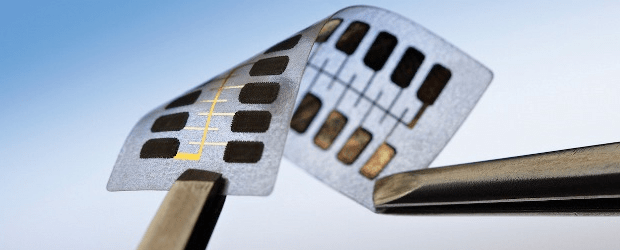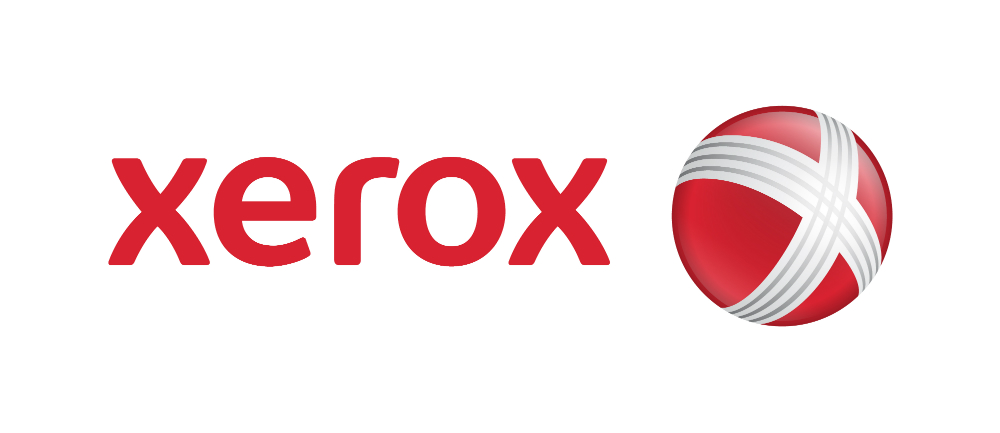Xerox has announced that it would be splitting into two publicly traded companies.
The first would be focused on document technology or hardware and the second for process outsourcing or services, the printing giant has revealed, following a transition that is expected to be complete by the end of the year.
The news comes after twelve months of general decline in the company’s share value, which has dropped more than 30 per cent.
Chief executive Ursula Burns has said that the company began to review its corporate structure in October last year in an effort to address market trends surrounding changes in the healthcare industry, the global services market, and the use of technology in general.
She added that the split would allow each entity to be more flexible.
Speaking with CDN, Todd Thibodeaux, CEO of American IT trade association CompTIA, said that this is likely.
“It’s an interesting continuation of the major trend where the importance of hardware taking backseat over time.” he said. “Software and services, apps, infrastructure, have taken a more prominent role.”
He said that in order for Xerox’ hardware business to compete, it can’t be tied down to its services unit, and must redirect its R&D dollars into innovation such as 3D printing, digital signage, and maybe even robotics.
“Just like Apple working on cars, there’s a whole bunch of areas that you can turn some research capability to to create products you wouldn’t think of coming from them.” Thibodeaux said. “If you innovate enough, you can put some high margin product out there.”
The split also appears good when you look at the big picture, he said.
He explained that the US and Canada, which have advanced dramatically into cloud and as-a-Service models are moving at a pace that doesn’t allow commoditized hardware to compete, but this is not true for the rest of the world.
Xerox still has a large global customer base and brand recognition that allows them to grow. What’s more, Thibodeaux said, their services unit has the upper hand in offering English support, compared to companies from places like Japan.
“There’s more years left in the current iteration of their hardware product for developing countries,” he said.
Burns had told reporters that a strong US dollar had also fueled the decision, with more than half of the company’s 100,000 employees working outside the country.
As for the channel, Sean Collins, a public relations officer with Xerox, insisted that it’s “business as usual” and that it’s too soon to say what changes will be coming down the pipe for both customers and partners.
“We will continue to prioritize operational consistency and continue great relationships with the channel and provide high quality products and services post-separation,” he told CDN.
According to Thibodeaux, that’s exactly what Xerox will have to do if they are smart.
He explained that indirect customers should be largely insulated by Xerox’ partners from any sort of policy changes, and that Xerox would be wise to pay special attention to any direct customers in its ecosystem.
Nevertheless, the split could result in employee attrition, and provides an opportunity for other companies to attract partners away from Xerox.
“It’s not going to be a time crunch, so we’ll have to wait and see,” Thibodeaux said. “If you were only doing Xerox, and it’s the only brand you’re carrying, I’d be a bit worried today. But in terms of disruption, if they manage well … it’ll give them a leg up in the international space. The devil’s in the details.”





It’s the “In thing”. Split companies.